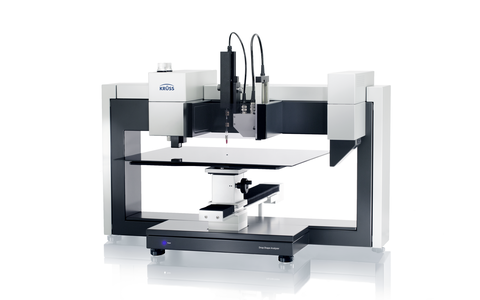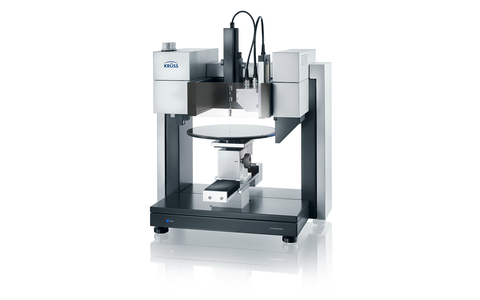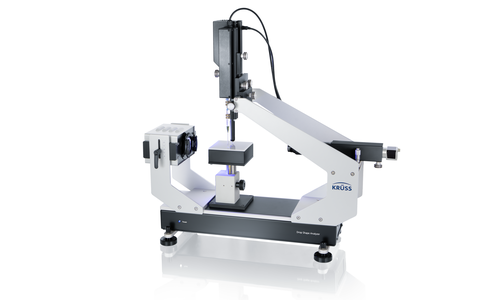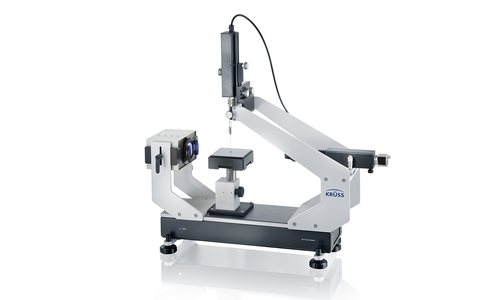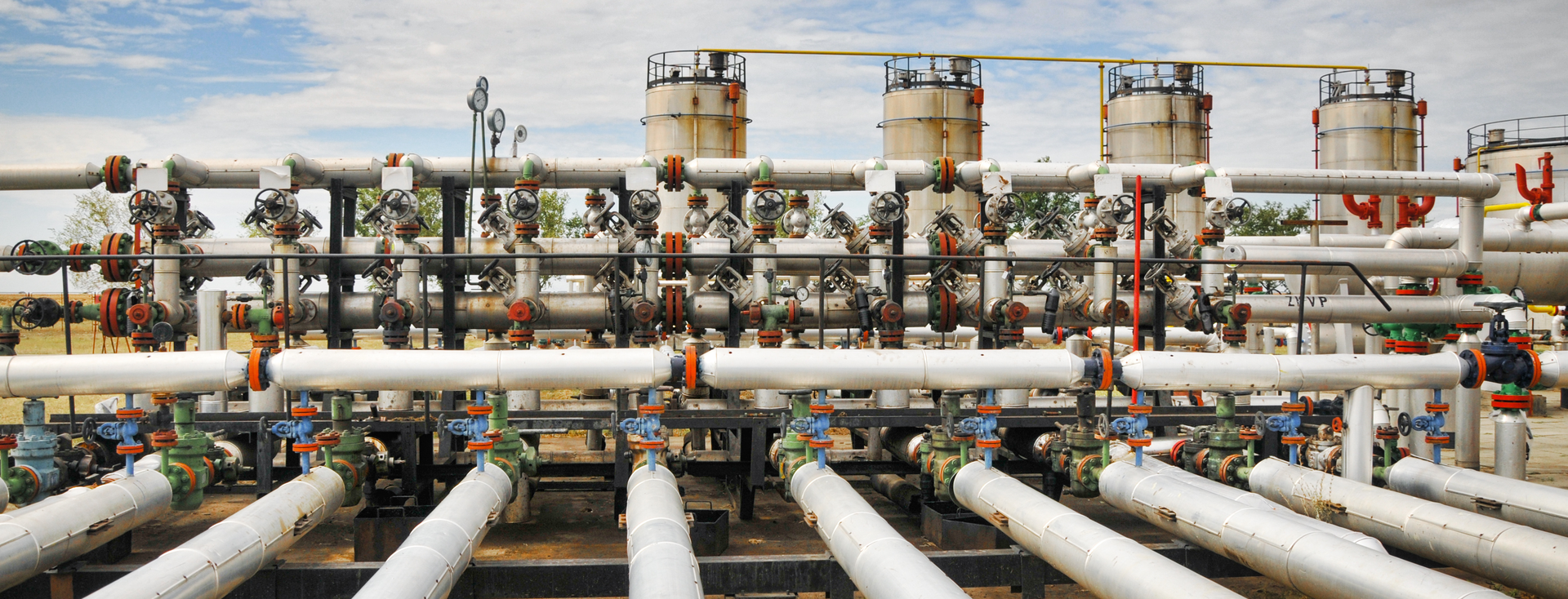
Hydraulic fracturing
Interfacial chemical support in the exploitation of crude oil and natural gas deposits
With the hydraulic fracturing method for tertiary natural gas and crude oil production, a liquid is forced under high pressure into the reservoir rock where it generates cracks. A pre-requisite for this is a good wettability of the rock by the liquid. The measurement of this wettability and the characterization of the surfactants used are tasks for our measuring instruments.
Measuring the effectiveness of the surfactants used
The wetting of the rock is substantially improved by the use of surfactants which reduce the surface tension of the fracturing liquid. This effect can be measured directly by means of the classical tensiometric methods used in our tensiometers, such as the ring or plate method. Furthermore, fully automatic measurements of the critical micelle concentration (CMC) provide information on the efficiency of the surfactants used. Knowledge of the CMC can avoid expensive overdosing with surfactants.
Surface tension and wetting under reservoir conditions
The pendant drop method incorporated in our optical high-pressure measuring system enables the surface tension to be measured under the simulated pressure and temperature conditions of the reservoir. Contact angle measurements under the same conditions give a direct indication of the wettability of the rock.








